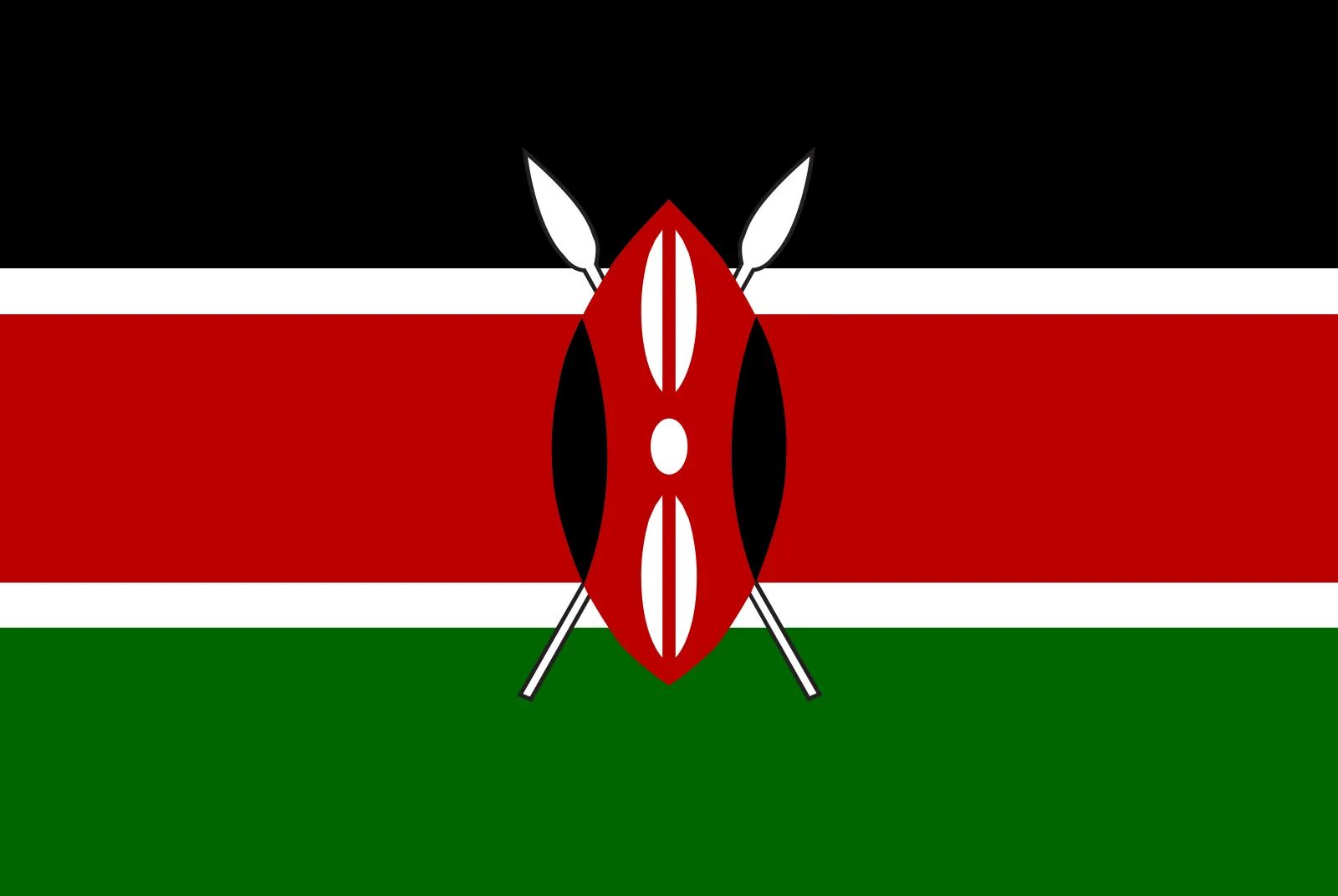With its lion-icon safaris, coastal beaches and dynamic cities, the Republic of Kenya remains a magnet for tourists and investors alike. But behind the scenic landscapes lies a complex story of growth, reform and risk.
Governance & Politics
President William Ruto, leader of the United Democratic Alliance (UDA) in the Kenya Kwanza coalition, holds the top post, having taken office amidst high expectations for stability and developmental momentum. The main opposition remains the Azimio la Umoja coalition, historically associated with Raila Odinga and others who challenge UDA’s dominance.
While Kenya has a vibrant electoral culture and media environment relative to many regional peers, issues such as public-sector accountability, corruption and electoral tensions continue to shape the political landscape.
Economy & Outlook
Kenya remains the largest economy in East Africa and a crucial regional engine. According to a report from the World Bank in May 2025, Kenya’s real-GDP growth for 2025 has been revised downward to about 4.5 %, from previous higher estimates. The downgrade reflects high public debt (approximately 65.5 % of GDP), elevated lending rates and a contraction in private-sector credit (credit growth at –1.4 % in December 2024).
The economy is under pressure: the informal sector remains large, manufacturing growth has slowed and unemployment remains elevated for youth. Meanwhile, the country is seeking to re-orient growth toward value addition, exports and digital services.
Tourism & Services
Tourism remains a pillar of Kenya’s economy. The World Travel & Tourism Council (WTTC) projects that Kenya’s travel & tourism sector will contribute about KSh 1.2 trillion in 2025 — more than 7 % of national GDP — and support around 1.7 million jobs.
The government is also seeking to diversify tourism with new products — business tourism (MICE: meetings, incentives, conferences, exhibitions), adventure/off-the-beaten-track options, and visa-free access for many African nationals.
However, sustainability issues are emerging: for example the pressure on wildlife reserves and ecosystems from luxury development and mass visitor volumes has raised concern among conservationists.
Business Climate & “Ease of Doing Business”
Kenya’s business regulatory environment has improved but remains mixed. According to TradingEconomics, Kenya’s “Ease of Doing Business” standing (based on earlier World Bank rankings) was 56th out of 190 economies (2019 data) and progress has been incremental.
Earlier in 2025 the government announced a plan to create a harmonised framework for ease-of-doing-business improvements, with public‐private collaboration, deliverables and timelines.
Nevertheless, the 2025 Index of Economic Freedom by the Heritage Foundation rated Kenya’s economy as “Mostly Unfree”, with a score of 54.8 (rank 121 globally).
Human Rights, Security & Governance
Human rights organisations continue to highlight issues in Kenya’s security regime (including alleged excessive force by police, issues of detention without charge in some cases), land-rights conflicts (especially in rural/nomadic zones), and the rights of minorities and marginalised communities (e.g., pastoralist communities in northern Kenya).
On safety, while Kenya’s main urban centres and tourist zones are relatively stable, some parts of the north-eastern frontier remain vulnerable to cross-border crime and regional insurgent spill-over.
In terms of global safety rankings, Kenya is often rated as moderate: good for tourists in main corridors, but caution advised in remote or conflict-adjacent zones.
The Big Picture
Kenya stands at a crossroads. With significant potential in tourism, agriculture, fintech (notably mobile money), and as a regional gateway, the country still needs to tackle structural headwinds: high debt, squeezed private-sector credit, regulatory and institutional reform, and sustainability of growth in tourism and environment. For prospective investors and visitors, Kenya offers strong opportunities — but also complexity and risk.

